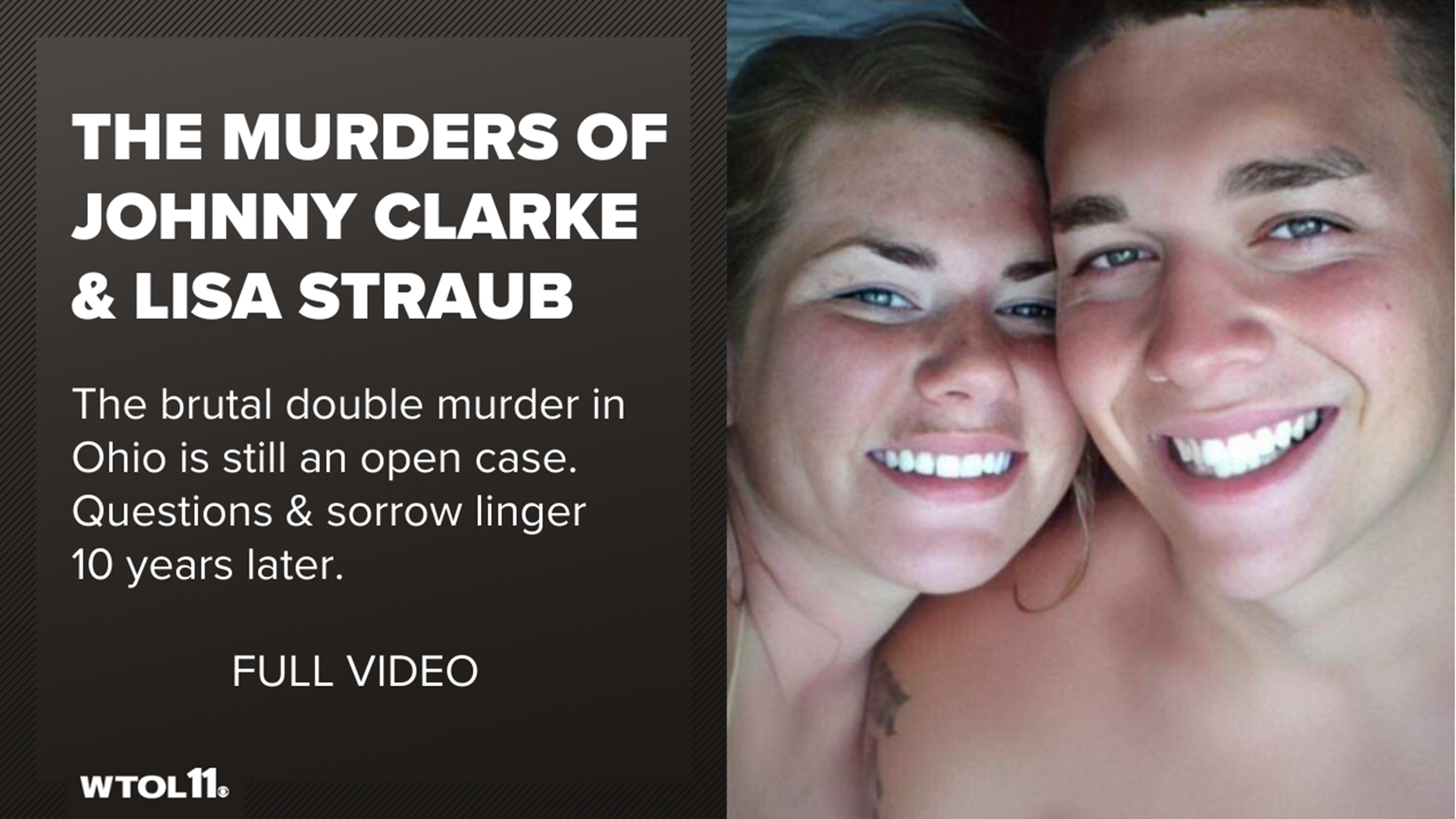A brutal double-murder in the suburbs: Questions remain in the killings of Johnny Clarke and Lisa Straub
10 years ago, boyfriend and girlfriend Johnny Clarke and Lisa Straub were killed in the prime of their lives. What happened that day shook the community to its core.
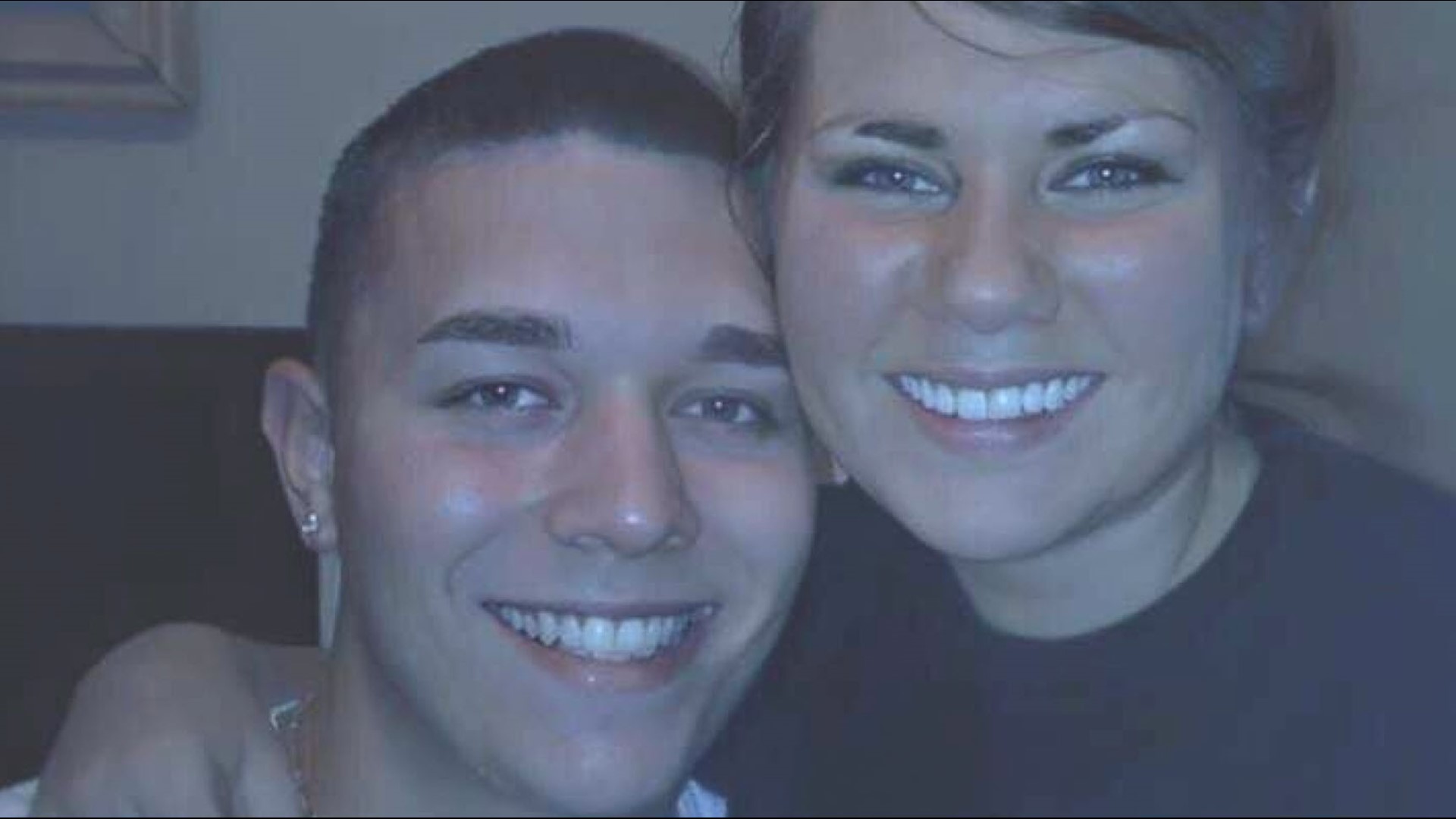
If you know any information about this case, please call CrimeStoppers at 419-255-1111 or the detective's bureau at 419-213-4917. Or reach out to Brian Dugger at bdugger@wtol.com.
On the day of his murder on January 30, 2011, Johnny Clarke's phone was blowing up. He was called 51 times.
That wasn't an unusual day. The 21-year-old man had a lot of friends, and phone logs show it was a pretty normal call volume.
At 8 p.m., his mother, Maytee, called him to check in. She often called him multiple times a day. It was an overwhelmingly matriarchal characteristic born out of her Cuban heritage.
He jokingly chided her, "Yes, mom, I'm still alive."
In the days before, Mother Nature dropped five inches of snow on the Toledo area. But by Sunday afternoon, the roads were clear, and Johnny headed to his friend's house to watch the Pro Bowl.


At 10 p.m., he picked up his girlfriend, Lisa Straub, from her job at TGI Friday's. They then returned to the home of her parents in Holland. Mary Beth and Jeff Straub were on a cruise, celebrating their 25th wedding anniversary.

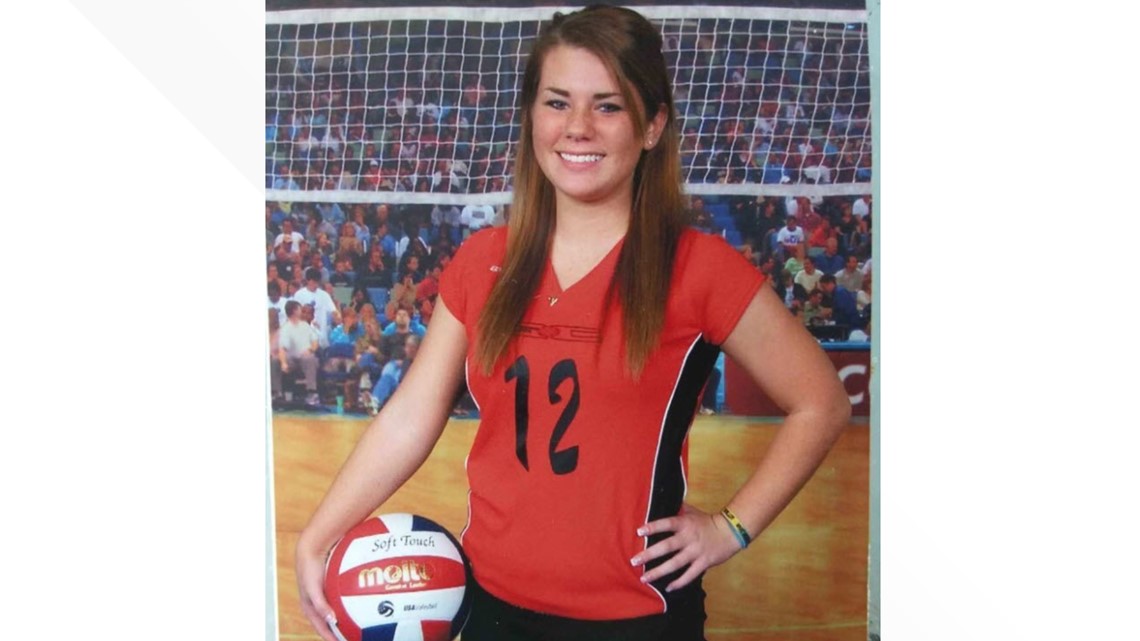
RELATED: Murder in the Suburbs: Behind the scenes on reporting the Johnny Clarke and Lisa Straub murders
A phone log shows that Johnny called a friend at 10:41. That friend, who is not being named to protect his identity, later told Johnny's family that Johnny was waiting for Anthony Watson.
Also at 10:41, Clarke clicked over to talk with Tiffany Williams. Johnny and Lisa were planning to leave to pick up Tiffany and friend Zack Burkett, then return to the home to play pool.
Tiffany Williams later told Detective Jeff Kozak of that conversation.
“So you call him and he answers after 1 or 2 rings and you hear, ‘Bro, what are you doing?' or 'BRO, WHAT ARE YOU DOING?" Kozak asked her.
Williams confirmed it was the latter - that Johnny angrily responded to someone he saw. She said it appeared as though Johnny knew the person and that she heard another man's voice in the background. Johnny then told Tiffany that he would call her back.
WATCH | TIFFANY WILLIAMS INTERROGATION
Twenty-two calls to Clarke's phone after 10:41 p.m. go unanswered.
"That's how I knew something was wrong, when he didn't answer," Maytee Vazquez Clarke said.
Something was very wrong. At some point during the night or early morning, the lives of two young people were snuffed out in a double homicide that would shock the normally quiet southern Lucas County neighborhood.


Chapter 1 Murder on Longacre Lane

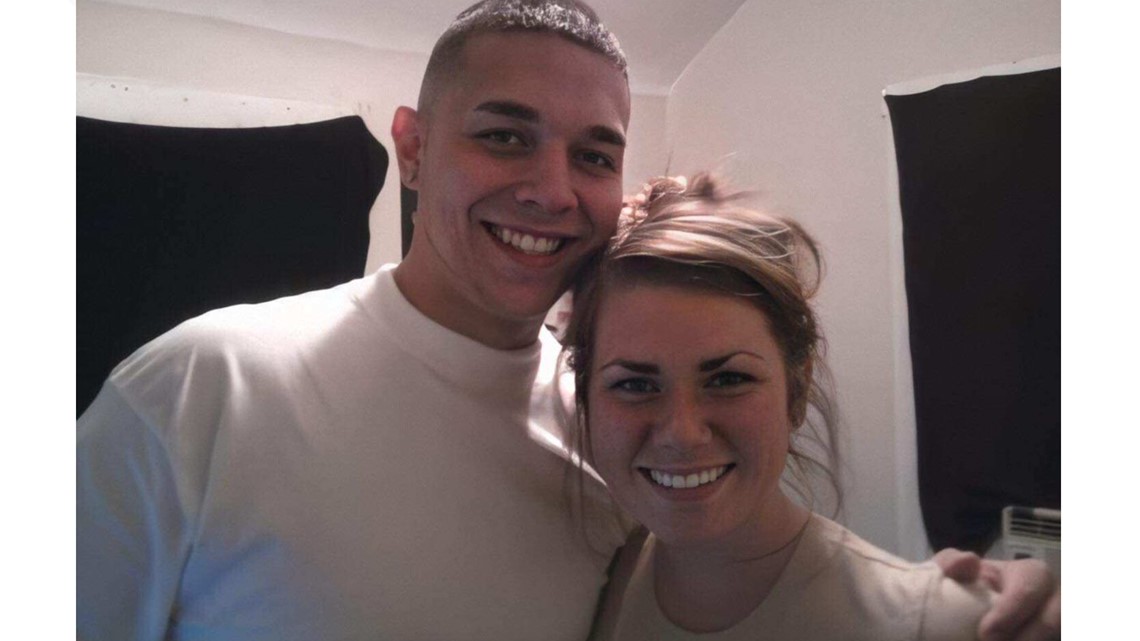
When Johnny and Lisa failed to answer numerous calls and texts, Williams convinced Burkett to drive out to the home on Longacre Lane, in an affluent Holland neighborhood.
"I pulled the door open and started knocking," Williams told detectives. "And I looked in the side window and didn't see anything. Only thing I could see was that there was a door open at the top of the stairs."
The pair left, and Williams called the girlfriend of Johnny's best friend in an attempt to get his phone number to see if he will try to reach Johnny. She told detectives that she believed Johnny and Lisa were just ignoring them.
Instead, the girlfriend called Vazquez Clarke and told her about the alarming phone call. Williams then agreed to pick up Johnny's father, John, and take him to the house.
LISTEN | 911 CALLS PLACED THE NIGHT OF THE MURDERS
At 1:21 a.m., Maytee called 911 to report the call and to ask for a welfare check. Deputies searched the outside of the home and saw no tracks in the snow. The TV was on, but there was no obvious forced entry or other alarming signals.
Growing increasingly worried, Maytee called 911 again at 2:27 and drove to the home with a family member to meet John, Tiffany and Zack. Deputies again respond, and this time spend more than 20 minutes looking around the outside of the home. Feeling they have no probable cause to force entry, they leave.
But John told 11 Investigates that an officer took him aside and said, "As an officer, I can't tell you to go into that home. But as a parent, I would wait for us to leave, then go in."
John, Maytee, and the family member drove to a nearby gas station, but then returned to the home. John and the family member went around to the back of the home while Maytee waited in the truck. They were able to see through the blinds, and saw that a phone and Johnny were on the ground.
Clarke ran to the front of the home and kicked in the front door.

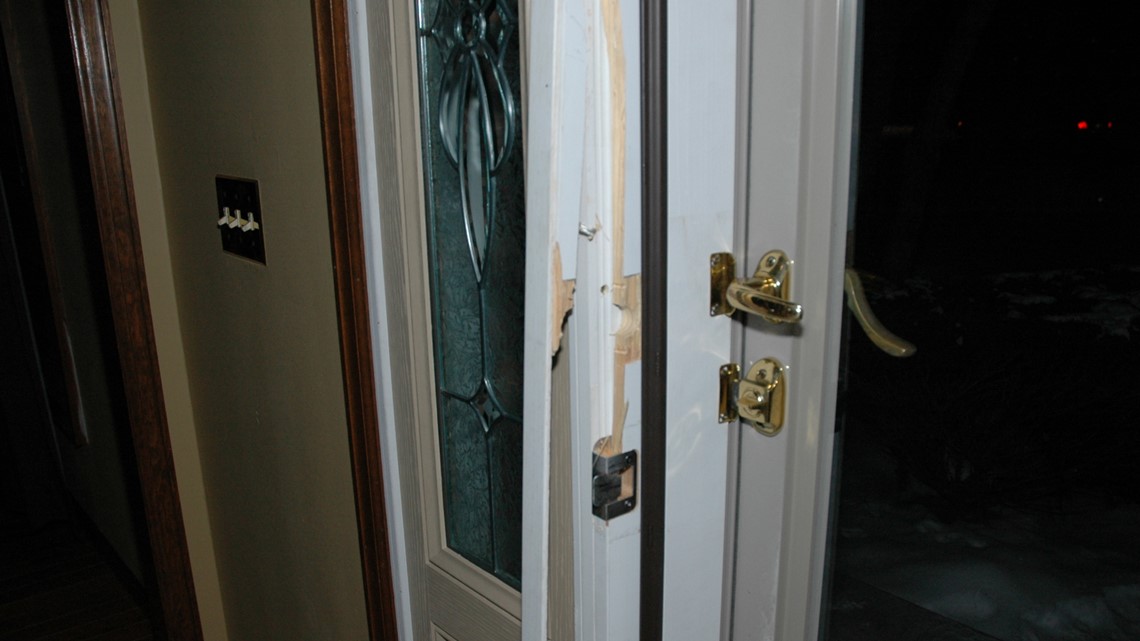
“I was hoping to get in there, save them, but also catch them all in there, so I could have had my own justice I guess,” Clarke told 11 Investigates.
Instead, he saw Lisa lying on the ground with a bag taped around her face. He saw Johnny nearby with a bag on his head. He ripped both bags off. He prepared to do CPR, but as he lifted Johnny, he saw that there was no point.
In later court testimony, Clarke said: "Then I went outside and lost my mind."
Chapter 2 The Crime Scene


The one thing that was obvious to investigators was that whoever the attackers were, they were looking for something very specific.
BCI photos reviewed by 11 Investigates show material from cabinets and drawers pulled out and contents dumped on the floor. Lisa's purse was emptied. The mattress in the master bedroom was pushed off the box springs. Clothes from the walk-in closet were pulled out and dumped on the floor. A dresser that was in the closet was overturned and the panel leading into the attic space was opened.
However, multiple pieces of jewelry were left behind, along with envelopes of Iraqi currency.
In subsequent interviews with detectives, multiple people said that Johnny had talked about a safe with $100,000 being in the home. Testimony from the Straubs said that there was no money in the house, other than the $40 they left behind for the couple to order pizza.
Lisa's bedroom door was damaged as if she had barricaded herself in the room before an attacker broke the door open.

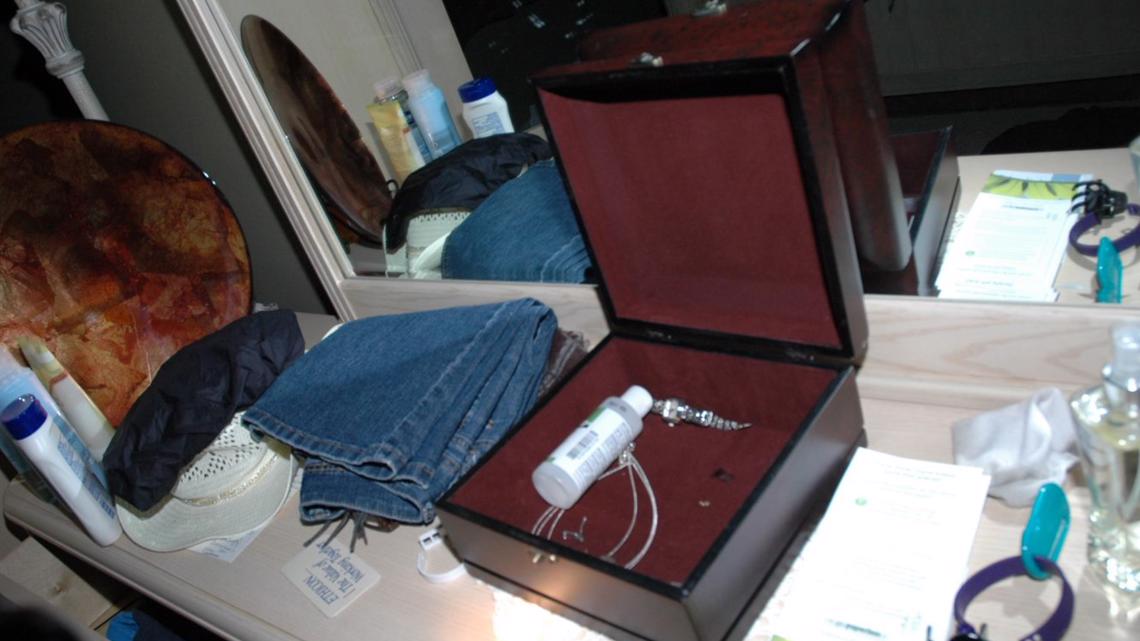
Despite the recent snow, there were no footprints around the home. It is almost certain that the attackers came in through the garage door, which leads into the kitchen. There was damage to the interior of the service door from the garage. Johnny likely saw the killers as he and Lisa were leaving to pick up Tiffany and Zack and attempted to run back into the house and pressed his weight against the door.
He was a strong man who weighed 200 pounds, so it would have likely taken the effort of multiple people to force the door open.

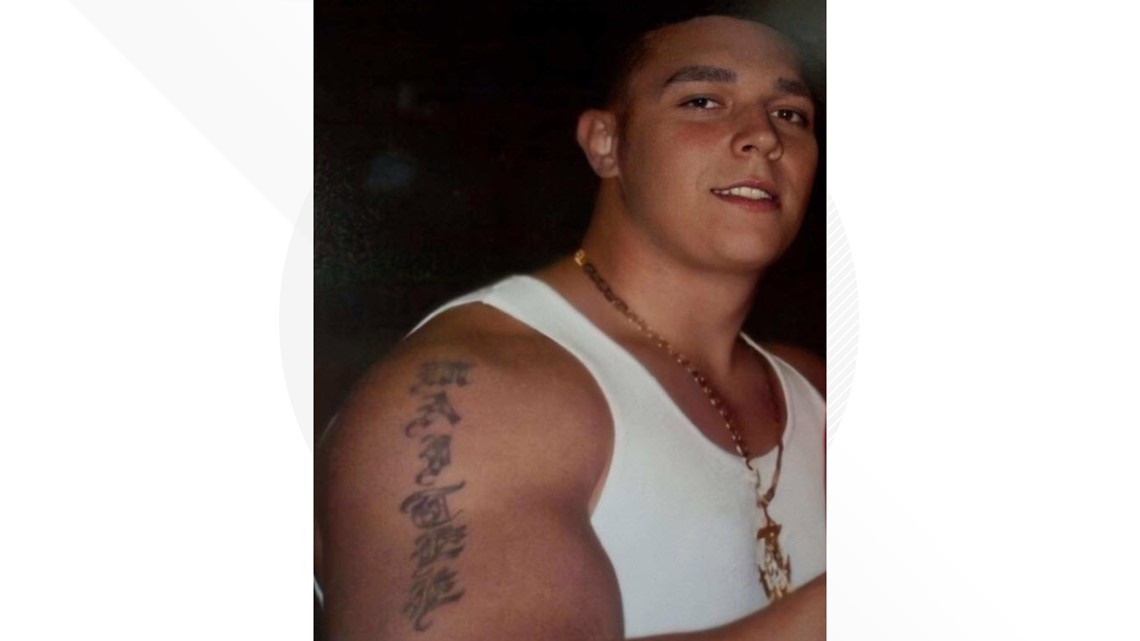
Lisa's body was found facing east. Her hands were duct-taped behind her back. Johnny's head was facing west. His feet were duct-taped behind his back, and his feet were also bound with the black tape. Both Johnny and Lisa had bags over their head, with those bags secured with duct tape around their necks.
The medical examiner later testified that the tape or the bags could have killed them within minutes.
Both their upper clothing was riding up on their bodies, while the lower halves were pulled down slightly, as if they were dragged across the floor and staged in the kitchen. An empty wallet was found on Johnny's stomach.


The bags, which had been stored in the garage, were ripped open. A piece of one of the ripped bags was found in an upstairs bedroom. Jeff Straub later testified that he did not own duct tape, meaning the killers brought it to the home.
Other than the kitchen area and the upstairs bedrooms, the home was largely undisturbed. Two interviews with attorneys involved with this case produced nearly identical answers.
"It was remarkable how clean the scene was," attorney John Thebes said. "Usually you have blood, fingerprints."
What was also unusual was the method of killing. Detectives are used to seeing shootings and stabbings, maybe even manual strangulation. Several people have told 11 Investigates that they have no memory of a similar killing being committed in northwest Ohio.
READ | OHIO BCI CRIME SCENE REPORT & AUTOPSY REPORT
“That specific of an MO, we have not had any cases like that,” Captain Matt Luettke said.
Luettke said the murders shook the community.
"I remember I was a sergeant in field operations and in charge of block watches. We'd normally have 10, 20 people show up to a block watch meeting. At this time, we’d have 80 or 90 show up, and people standing outside,” he said.
While nothing obvious jumped out to on-scene investigators, later crime scene analysis revealed several clues. Several sets of unknown DNA were found on the duct tape around the neck and Johnny's ankles, and also in a pocket of Johnny's sweats.
READ | OHIO BCI CRIME SCENE DNA REPORTS
But an even more important clue was found - a cigarette found near the door leading from the garage. A deputy who found it remarked that it was odd that there was no ash or smell of smoke in the house. But that cigarette had two sets of DNA that hit on existing samples in CODIS.
Police had their first suspects, but also a whole list of questions and many, many other possible suspects.
WATCH | FULL DAY ONE VIDEO
Chapter 3 The Case Against Sam Williams


Sam Williams describes Sept. 22, 2011, as a "mope-around day."
He slept in late, invited some friends over to play video games and ran out of cigarettes. Cigarettes were always in short supply for the three-pack-a-day smoker.
His brother agreed to buy him a pack if Williams agreed to go to the store with him.
As Williams crossed the street to get into his car, his world exploded.
"All these marked cars came rolling up. The U.S. Marshals and the detectives had pulled their guns on me and laid me down to arrest me," he says.
"I had a warrant for one of my domestic violence cases that I was on probation for. I'm like, 'I've got 30 days in jail. I don't want to do the probation,'" he says. "As the U.S. Marshal was putting handcuffs on me, I said, 'You really come and get people for misdemeanor domestic violence cases?'"
Later at the sheriff's department, he complained to Detective Jeff Kozak about the rough treatment: "If you would have sent me something in the mail, I would have come down. You didn't have to humiliate me like that."
WATCH | SAM WILLIAMS INTERROGATION
At that point, he knew it was bigger than the misdemeanor warrant. He shifted his thinking to defending himself against a promoting prostitution case that he was involved in with his girlfriend.
Eleven minutes into his interview with detectives, they dropped pictures of Johnny Clarke and Lisa Straub on the table in front of Williams. The detectives were not interested in domestic violence, drugs, or prostitution. But they were very interested in what happened on the night of Jan. 30, 2011 inside a Holland home on Longacre Avenue.
What Williams did not know was that detectives had recently received a hit on a cigarette found at a double homicide inside the home of Jeff and Mary Beth Straub. DNA on that cigarette was from Williams and close friend Cameo Pettaway.

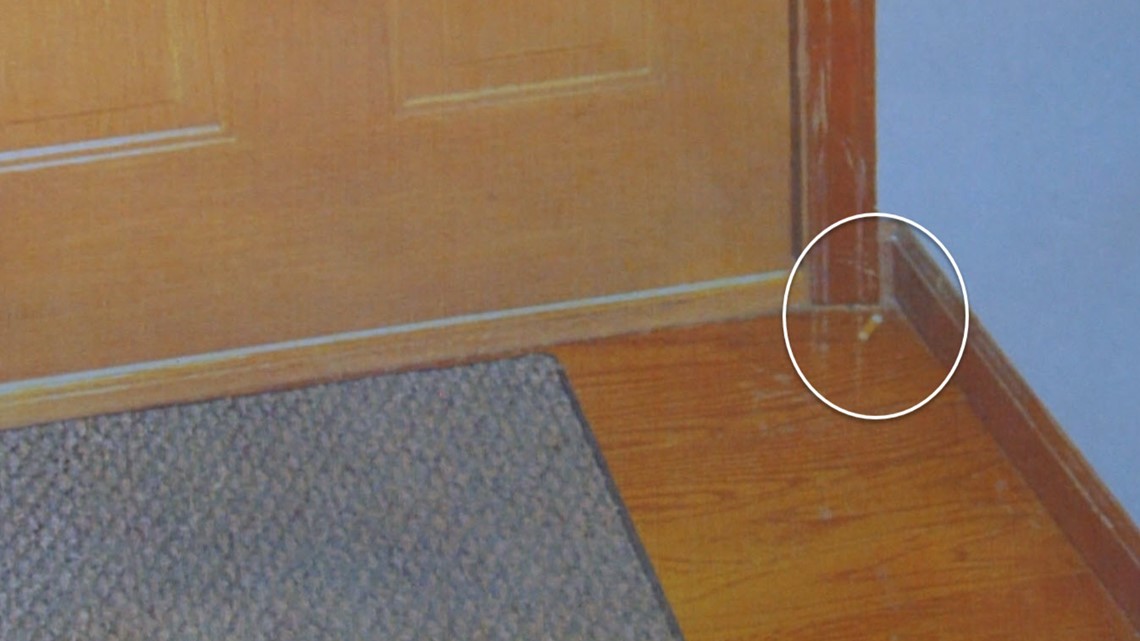
The cigarette was found near the service door leading into the garage from the home. In the nearby kitchen were the bodies of 21-year-old Johnny Clarke and his girlfriend, 20-year-old Lisa Straub. Clarke's hands and feet were bound by duct tape. Duct tape was wrapped around his neck, securing a plastic bag. His sweatshirt was pulled up and a wallet was found on his stomach. Straub's hands were bound by tape, and a bag was also secured over her head with tape.
By the time police arrived, the bags had been ripped open by Johnny's father, John, who had kicked in the front door and found the couple.
Deputy Frank Reidy was the first officer who responded to the scene, and he noticed the cigarette in the corner. He commented that it was odd that there was no smell of smoke in the home.
During an hour-long interview on Sept. 22, Williams told detectives six times that he didn't want to talk. It is the only time that Williams has told his story to the media. At one point, Kozak roared at him: "Tell me why your DNA is at my crime scene."
Arms crossed, Williams refused to talk and asked for his attorney.
From Marion Correctional Institute, Williams talked to 11 Investigates for nearly an hour, describing many events of that day.
"I have been incarcerated before, and I know murder cases is a very serious crime. I didn't know if they were using (the DNA) as a scare tactic to get me to talk. But I knew if I talked to my attorney, I'd find out more accurate information."
When his case eventually went to trial in July of the following year, the statements to detectives were suppressed because of a violation of Williams' Miranda Rights. The most damning statement was his denial that he had never been in the home. It was a question that his defense attorneys struggled with at his trial.
Ultimately he was convicted of aggravated murder, burglary and kidnapping. John Thebes and Jane Roman were able to successfully convince the jury not to sentence him to death. But he was sentenced to life in prison, with no chance of parole.
"Sam got a fair trial. One thing that could not be explained adequately is how do you explain Sam Williams how your DNA on a cigarette butt got inside a garage in a home that you had never been to? That was an impossibly large hurdle to overcome," attorney John Thebes says.

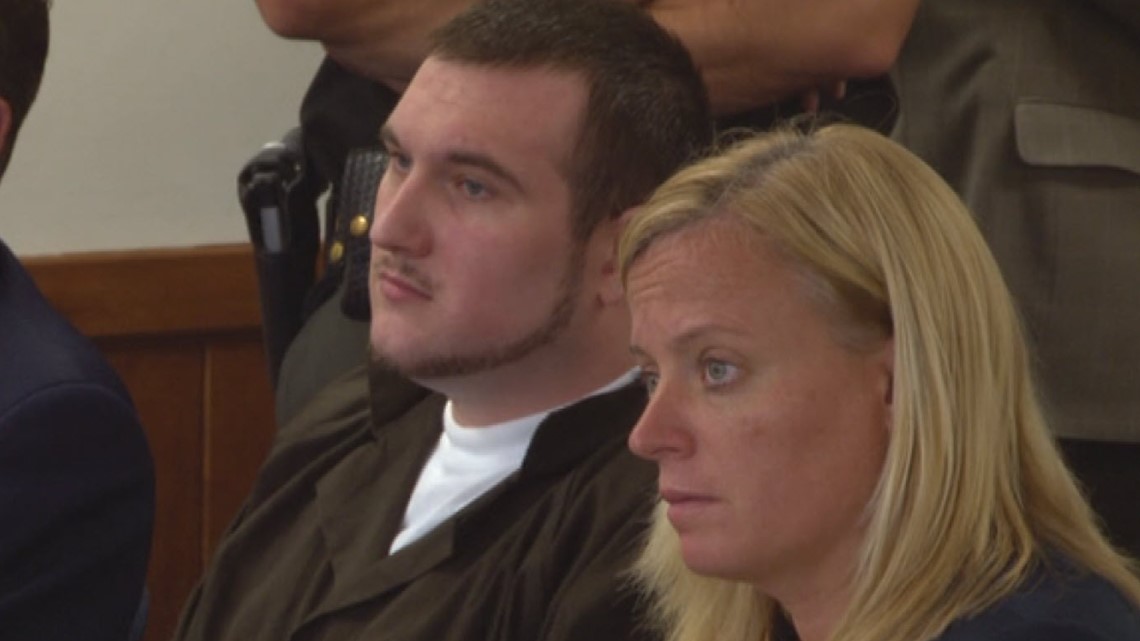
Chapter 4 The Jailhouse Calls
Almost immediately after getting out of his interview with detectives, Williams began making calls from the county jail. Some of those calls were instrumental in convicting him. But the jury was provided pieces of the calls, out of context of the entire conversation. 11 Investigates obtained a transcript of the entire conversations.
The first call was made to his nephew Chris at 8:45 p.m. At one point Williams tells him: "I f***** up. I'm going to be in here for a long time."
Prosecutors explained to the jury that it was an admission of guilt. In his prison interview with WTOL 11, he says he was angry that he had significant amounts of drugs in his home and he was worried it would be stolen before it could be sold to be used to hire an attorney.
During the conversation with his nephew, Sam explains how he should climb a pole, get on his back roof, and push in the air conditioner to get into the house and get the drugs.
In a later call with a friend by the name of "Loony," Williams tells him: "I just told my little nephew where everything is at. ....Help him get rid of it, dude. I need the money. I need a lawyer."
The most incriminating phone call was made on April 12, 2012, to Stephen Pettaway, the brother of Cameo.
Sam tells him, "that was supposed to be me and you, but you know little bro had to step to take your spot, man."
Stephen responds, "you know he didn't do it right like I would have did it right."
"No, but he did it good enough to make something happen."
Again, the prosecutors pounced on the call, telling the jury that they were talking about the night of the murder and how Cameo had to go because his brother was in jail. And that Cameo didn't do it right, possibly by leaving behind the cigarette.


Williams says that Stephen was instrumental in setting up the prostitution business and that he was talking about a prostitution trip he took Cameo on to Pittsburgh because Stephen was in jail.
"When I say he wasn't doing it right but good enough, in my eyes he wasn't doing prostitution the way Stephen had in the past," Williams tells 11 Investigates. "But he was making money, and when he was making it, he was spending it on the wrong things."
Later in the call to Stephen, Williams makes a comment that "we've been some places, man."
It does not prove his innocence, but it was clear that the jury was fed only pieces of conversations to strengthen their case against Williams. According to Thebes, those calls were crucial in convicting Williams.
Chapter 5 Eric Yingling: The Jailhouse Snitch
Cameo Pettaway was tried in a separate courtroom from Williams. However, his case was dismissed by Judge James Bates, saying the prosecutors only presented the cigarette as evidence against Pettaway. He stated that the cigarette could have been dropped by anyone. The state did not have incriminating jailhouse calls or testimony from a snitch.
In Williams' case, testimony from Eric Yingling likely was the deciding factor.
Yingling was in the county jail in December 2011, for failing to pay child support. He told the jury that he befriended Williams and that during a late-night conversation, Williams said he was tormented by the sound of the crinkling bag as Lisa Straub tried to breathe. He named Williams, Pettaway, and another East SIde man, Eric Taylor, as the killers.
There were several problems with Yingling's testimony, including the inclusion of Taylor, who was never considered a strong suspect by police and was not charged. In addition, all the details that Yingling told the public were publicly known when he talked to police. He freely admitted that he was looking for a deal and that his wife looked up many of the details. In addition, 11 Investigates has learned that Yingling was paid thousands of dollars after he testified against Williams.
But in an hourlong conversation and subsequent text messages, Yingling stood by his story.
"I couldn't get Williams to shut up. He was pouring it out. It was like I was a priest and he was in a confessional," he says.
Yingling says that detectives initially did not believe his story about Williams - until, he says, he casually mentioned that Williams told him about finding Iraqi dinars in the home.

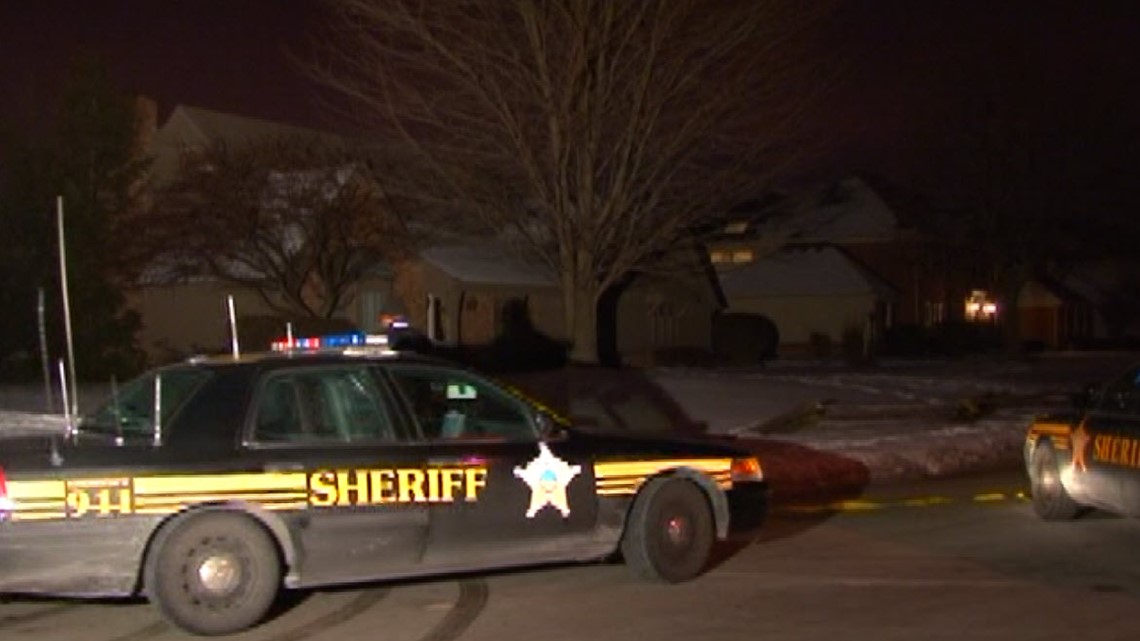
"Everyone got quiet at that point. The air in the room changed," he says, explaining that detectives told him that no one knew about dinars found in the master bedroom, except for the killers, the Straubs, and police.
That information is not true. The dinars were listed on a search warrant. The contents of that warrant were released to the media. Within a week of the murder, they were being discussed in multiple media outlets, including on CNN.
The prosecutors emphasized in Williams' trial that no one knew about that information. At one point, Kozak was asked if anyone else knew and he replied that they did not. It's impossible to know whether he knew of the media coverage, but the information was known when Yingling went to police.

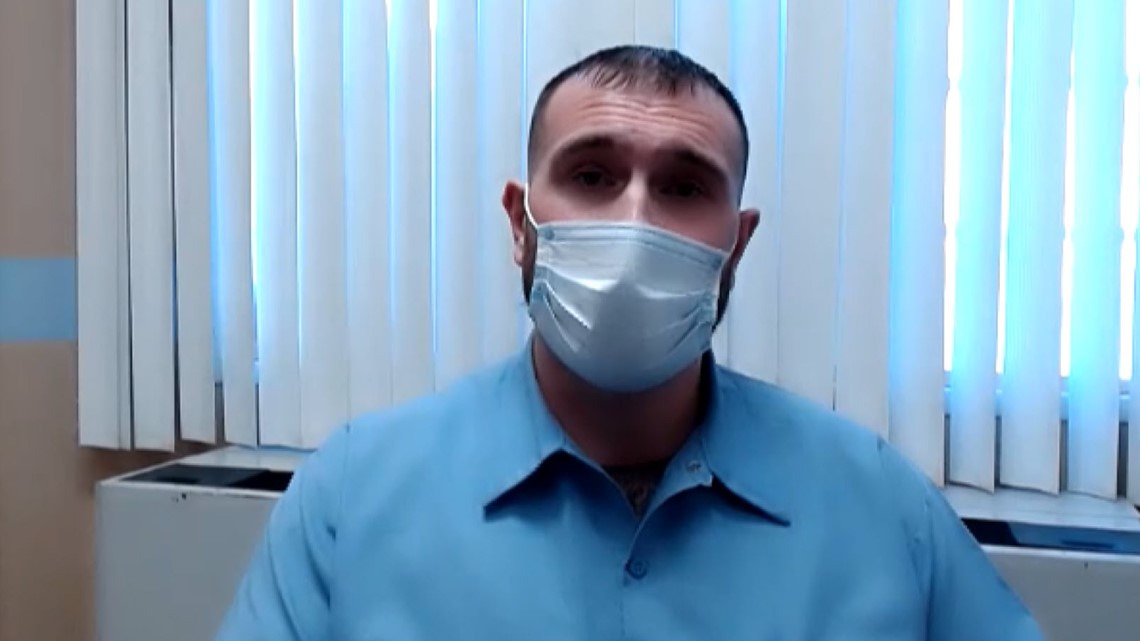
Williams denies ever having any type of in-depth conversation with Yingling in jail.
"Had I been a jury member and had I not known the truth, I too probably would have believed Eric Yingling," he says. "That's how convincing he came across. He is a master manipulator."
Chapter 6 The Alibi That Never Was
When Williams was arrested on Sept. 22, he could not tell police where he was on the night of Jan. 30.
"I didn't really know where I was. How much time had elapsed? Eight months? I lived in the streets, so really I'd bounce from this house to that house. At that moment, I couldn't tell where I was," he says.
Williams says he was able to look at his phone records and, he says, family and friends were able to look back at social media and determine that he was at the Bottom Line Bar on Navarre Avenue on the East Side.
"I know I was at the Bottom Line Bar, watching the Pro Bowl with a few other people. One of the people was Destiny Madrid, the girl who got arrested in my case. My cousin Larry Gillhouse was there and Eddie Flores was there."


In a conversation with 11 Investigates, Flores says that he was at work until later in the evening, but that he was texting with Gillhouse, who says that Sam and his son were at a birthday party for his daughter. Gillhouse confirmed that to detectives when he was interviewed on Oct. 28, 2011, saying that Sam was the only one who stayed to help clean up.
Flores says that in their texting conversation, Gillhouse told him that Sam and he were heading up to the bar and that he should meet them up there.
He says that when he got off work, he headed to his cousin's house to finish watching the Pro Bowl, then they went to the bar. He remembers the date because his cousin, Nikk, turned 21 at midnight and the doorman agreed to let him in a little early.
A records search confirmed that the cousin turned 21 on Jan. 31. The Pro Bowl also took place at 7 p.m. on Jan. 30 and ended about 10:45 p.m.
"Sam was there, hanging out with us, chit-chatting. I’ve known Sam since he was a little kid. We closed it down. We were just all hanging out," he says, adding that he has no reason to lie. "If he did that, he’s gotta rot for it. It is what it is. I’ve known him forever, but if he did that, it was disgusting, and he deserves what he gets."


Based on a conversation between Tiffany Williams and Johnny Clarke, police believe that Clarke and Straub were attacked at 10:41 p.m. A call between Williams and Madrid at 10:27 p.m. pinged off a cell phone tower near the Bottom Line Bar.
It was at that point that Williams says he was calling Madrid to see when she would get to the bar. In an Oct. 11, 2011, interview with detectives, Madrid repeatedly tells police that she was with Sam that night and that they later went to the Bedford Inn.
At one point, retired Toledo Detective Tom Ross, who was working for the prosecutor's office shushes her. At another point in the interview, Kozak tells her that she is not on bar's video. She appears stunned and says, "we have to be. We were right by the front door."
WATCH | DESTINY MADRID INTERROGATION
In his interview with Gillhouse, Kozak acknowledges that he had no video from the bar, that he was told by the bar owner that there was none from that night. Gillhouse tells Kozak that he didn't remember hanging out that night after the birthday party, but he says he remembers hanging out at a different time for someone's 21st birthday. But that was likely Nikk's birthday on Jan. 31.
Williams says that the group stayed at Bottom Line until after 1, then went to a different bar for last call. He said that he and Gillhouse were briefly separated. But he said he called him to figure out where they could go for an early morning meal. Phone records show he called Gillhouse at 2:51 a.m., 3:01 and 3:04 for a total of nearly five minutes.
He also placed six calls to Cameo Pettaway between 2:38 and 3:27 a.m. Prosecutors claim that this was more evidence that the men were involved in the crime and Sam was calling to solidify their story. The calls were unanswered.
Williams explains that he was cheating on his current girlfriend with Madrid and trusted Pettaway to be discreet.
"I was looking for a place to have relations with this woman. I was looking for a place, other than a hotel, to go," Williams says. "I knew that he would not tell."
Williams says that there are texts and Facebook posts that would prove his story. 11 Investigates has tried multiple times to have Facebook provide the posts but has not been successful. The police have not returned two phones of Williams', though his family has made multiple attempts to get them back. Police did receive a court order to obtain his text messages, but there has been no explanation why they were not used in the trial.
Chapter 7 Life With No Chance of Parole

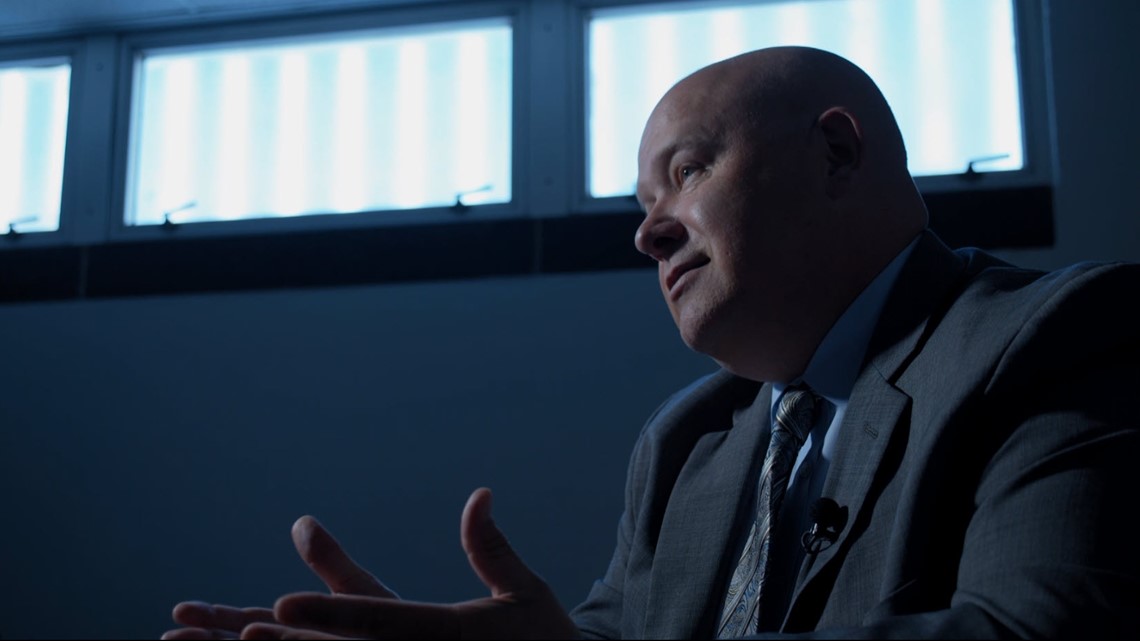
Multiple concerns about Williams' conviction were presented to Capt. Matt Luettke by 11 Investigates.
"The evidence, the case that was made, the evidence collected, it speaks for itself," Luettke says.
Despite the statement from Thebes about Williams receiving a fair trial, it still comes down to the cigarette containing the DNA of Williams and Pettaway. The men, who call each other brother, often shared cigarettes, so it is not surprising that a cigarette had their DNA on it.
"I have no explanation for how it got there. I know that I did not place it there," Williams says. "But I do believe that I was set up. I believe that whoever done that placed the cigarette there to throw investigators off. I believe with the past record that I had, and the promoting prostitution charge I had, that Detective Kozak arrested me on the case."
WATCH | SAM WILLIAMS' FIRST INTERVIEW REGARDING THE CLARKE-STRAUB CASE
If Williams was set up, he was a ripe target. He has been charged three times for domestic violence. In 2006, he was found guilty of threatening to kill the victim. In 2007, he was involved in a fight and charged with felonious assault after punching a man. In 2010, he was found guilty of pushing his ex-wife to the ground and biting her wrist. And in 2011, before his arrest for murder, he was found guilty of going to his ex-wife's, kicking in the door and threatening to send the women in his car in to beat her up.
In his interview with WTOL 11, he admits to being a drug dealer, a pimp, but he says he is not a killer.
"I had no involvement in this case, and I pray that the families get justice for their family members, and I pray that one day the truth is told and Johnny and Lisa's killers are put behind bars where they deserve to be."
MORE TO COME IN DAY THREE'S INSTALLMENT.
WATCH | MURDER IN THE SUBURBS DAY TWO FULL VIDEO
Chapter 7 'Somebody knows what took place'
When Johnny Clarke and Lisa Straub were killed inside a Holland home on Jan. 30, 2011, it shocked the community.
It was a brutal crime - a young couple killed by suffocation - bags placed over their heads, held in place by duct tape wrapped around their necks.
That method of killing simply doesn't happen in Toledo.
"That specific of an MO, we have not had any cases like that," Capt. Matt Luettke of the Lucas County Sheriff's Department said.
Multiple people involved in the case said that the viciousness of the crime caused them to look at the cartel, MS-13, and Mexican street gangs.
The case was also unique in that there was almost no physical evidence at the scene.
"It was remarkable how clean it was. Usually you have blood, fingerprints," John Thebes, who represented Sam Williams, said.


Unfortunately for his client, the lone piece of solid evidence was a cigarette found inside the home that had the DNA of Williams on it. It led to his conviction, and despite his claims of innocence, he was sentenced to life in prison with no chance of parole.
But the case remains open because of several sets of DNA found on the duct tape, inside Johnny's sweatpants, and on the cell phone pad and battery. There were at least four sets of unknown female DNA and at least one unknown male.
There could be other explanations for that DNA being on the tape, including it being left during the manufacturing process. The DNA was compared against samples from dozens of people interviewed in the case. But the other DNA is harder to explain.
"Somebody knows what took place," Luettke said. "There were more people involved than just one, so somebody knows the answer to the questions you’re asking, questions we’ve been asking since 2011."
11 Investigates has spent hundreds of hours looking into the case, reviewing thousands of pages of documents and hours of police interviews. Many of the key players in the case were interviewed, although many refused to go on camera or even on the record.
More than 10 years later, there is still fear hanging over the case, with the knowledge that one person did not commit this crime. There are likely multiple killers still walking around free.
Chapter 8 The Crime Scene

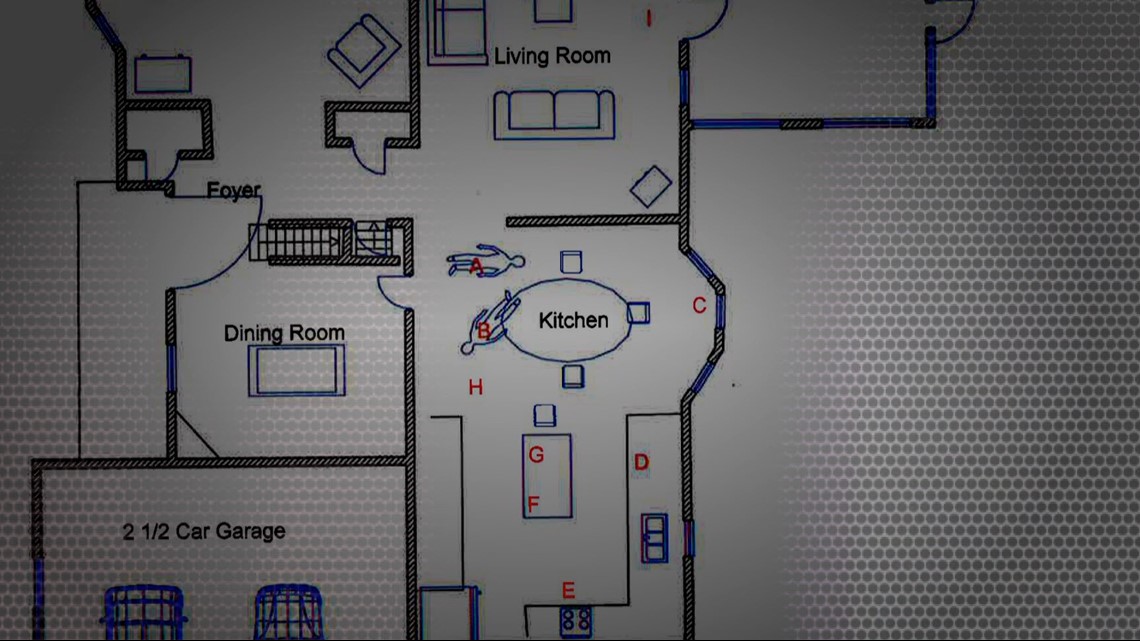
At 10:41 p.m., Tiffany Williams called Johnny Clarke to firm up plans for Johnny and Lisa to come over and pick her and Zack Burkett. They were then going to head back to the Holland home to play pool.
Clarke did not say hello when Williams called. Instead, she said that he angrily said three times: "Bro, what are you doing?" And then he said, "Who the hell are you?"
Williams said that she believed that Clarke knew the first person he addressed.
A BCI report said that there was interior damage to the garage door leading into the home, as though Clarke or Clarke and Straub tried to push the door closed as the attackers rammed against it.
Williams told police that Johnny told her, "I'll call you back, Tiff," before he ended the call. A Clarke family member questioned why he would say that if he was fighting off intruders.
WATCH | TIFFANY WILLIAMS INTERROGATION
A second door that sustained damage was Lisa's upstairs bedroom. It appeared as if she tried to lock herself in the room but the door was forced open. Her cell phone was in another location in the house.
But much of the house remained remarkably undisturbed. It was clear that whoever broke in had a specific idea of what they were seeking. The master bedroom had the king-sized mattress pulled from the frame and a dresser overturned. A wall space was opened. Items were pulled from bedroom drawers.



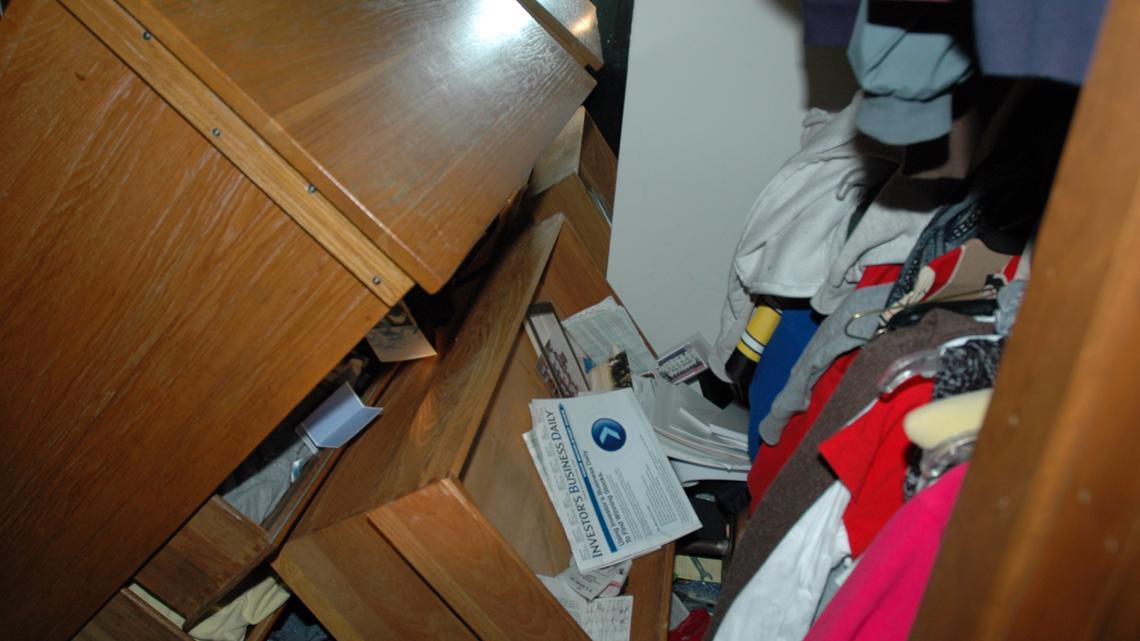
Multiple people told police in interviews that the word on the street was that there was a safe with a large amount of money in the home. Two different people told 11 Investigates of a party weeks before the murder in which money was discussed.
The killers also likely knew that the owners of the home, Lisa's mother and father, were not home. They were celebrating their 25th wedding anniversary on a cruise. There was no money in the home, according to the Straubs, only $40 they left behind for the couple to order pizza.
A jailhouse snitch, Eric Yingling, testified that Williams told him that the couple was "bagged" in an attempt to get them to tell them where the money was. While doing this, Lisa died, and then Johnny was killed.
The couple was found in the kitchen, though the positioning of their clothing suggested that the bodies had been moved to that location. A torn picture of Johnny and Lisa was later found in the sunroom. Johnny's wallet was placed on his stomach.


Chapter 9 Search for Suspects
A review of Johnny Clarke's phone records on the day of his murder shows that he received 51 calls. Many of them were calls to close friends that did not raise the interest of investigators. There were several calls to and from Zack Burkett, who was supposed to come over to the Straub home later that night with Tiffany Williams.
In court testimony, it was discovered that Burkett was at a nearby iHop, eating lunch with Alex Cousino, and that Clarke repeatedly called trying to figure out where he could get "pills" for later that night.
Cousino was interesting to detectives because of a falling out she had with Clarke over a dog and a car.
WATCH | ALEX COUSINO INTERROGATION, PART 1
In October, Johnny and Lisa agreed to buy a puppy from Cousino for $100, but only paid her $50. And then around Thanksgiving, Cousino said she was talked into buying Johnny's Dodge Stratus for $1,500.
"I didn't want to buy the car. He would not stop," Cousino told detectives in a May, 2011, interview.
She paid him $750 and promised him $750 more.
"I said, here's money, take it. Shut up please."
She claimed the tire fell off in the beginning of December.
"We got into an argument because he wanted the rest of the money."
WATCH | ALEX COUSINO INTERROGATION, PART 2
Clarke's family said that Cousino threatened Johnny. And phone records show there were no additional calls between Johnny and Cousino after mid-December.
As their phone interactions were decreasing, phone records show that Cousino and Burkett began talking many times a day, something detectives asked Cousino about in her interview. She told them that he was her best friend. It was a strange relationship since Burkett was 17 at the time and Cousino was 21. Phone logs show 422 calls between the pair in February alone, starting days after the murders.
In November, Anthony Watson told police that Cousino also began calling him repeatedly, often asking about what he knew about the investigation.
More concerning was a jealous text message that Cousino sent to a woman days after the murder. She revealed the message at the trial of Sam Williams.
"I do this ... fam. Watch the news.... (They) get duct taped and tied up and left for dead," it read.
11 Investigates could not reach Cousino for comment. Detectives did not respond to a question of whether any cases against other suspects were presented to the prosecutor or to the grand jury. Cousino denied being involved, claiming she was driving around with her boyfriend and smoking weed at the time of the killing. Her DNA was taken and did not match the unknown DNA at the scene.
Another friend of Johnny's who received close attention was Watson. Johnny was talking to a family friend at 10:41 - just before the call from Williams - and told him, according to a Clarke family member, that he was waiting for Watson to stop by.

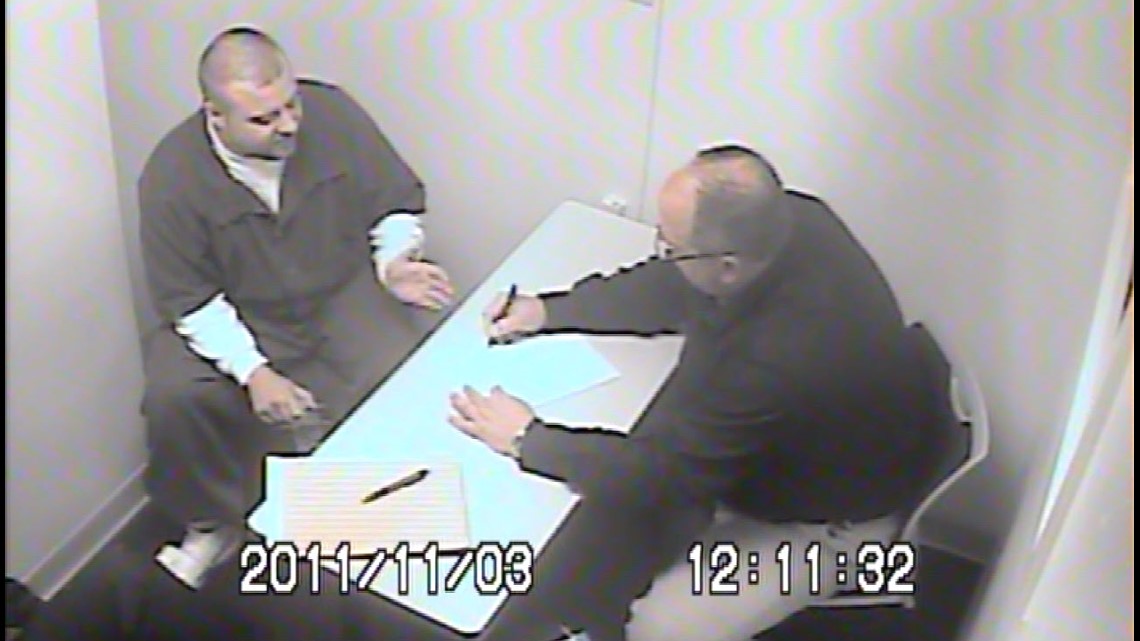
In an initial March interview, Anthony Watson told police that the men were planning to meet up, but when it got too late into the night, he told Johnny that he had to get up early for school in the morning and he would not be able to meet.
But in November, Watson was brought from the county jail, after being arrested on a felony burglary charge, to meet again with Kozak.
He wanted to tell of a conversation that he had weeks before with a woman. He said the woman placed herself at the scene of the crime. He also named Sam Williams.
"Johnny sees Sam. . ... Saw, pushed them back inside, and when it all went bad," he told Kozak.
He also claimed the woman told him there was a man named "Dro" and a second woman. He said they were looking for a safe that was rumored to be in the home.
At the time of Watson's second interview, Williams and Cameo Pettaway - whose DNA was also on the cigarette - were already in jail and many of the details he told were being speculated about in the media. However, at the end of the interview, Kozak told Watson's attorney that he would talk to the prosecutor. Watson expressed fear for his family's safety after naming multiple people.
He was never called to testify in the trials of Williams or Pettaway. There is no paperwork on it be being because of his cooperation with detectives, but Watson's felony count was lowered to a minor misdemeanor, to which he pleaded guilty and received probation.
On Sept. 19, 2018, an unknown person gunned down Watson outside his Macomber apartment. The murder remains unsolved.


Chapter 10 The Mysterious DNA
Detectives interviewed dozens of people during the investigation. There was no shortage of associates who had drug and violence convictions that raised red flags.
But court testimony shows that DNA from nearly 40 people was compared to the DNA in the house. None of them was a hit, other than the DNA of Williams and Pettaway. Their DNA was only found on the cigarette. Other cigarettes had identifiable DNA, but it was explained away as belonging to guests of Johnny and Lisa.
Captain Luettke said that investigators recently discussed the case with BCI cold case analysts. However, the Ohio Attorney General's Office told 11 Investigates that no additional evidence has been tested in the case since 2013.
DNA testing has come a long way in the past eight years. The state has also opened a cold case unit, but the unit will only get involved if the prosecutor or investigative agency asks for help. The state confirmed that that has not happened in this case.
The Toledo Police Department successfully used familial DNA to solve the "Baby Doe" mystery.
Two babies were found wrapped up in blankets under the dashboard of two separate cars. Baby Doe #1 which was a boy was discovered on Vaness Drive in May 2017. The case remained unsolved and the baby's identity was unknown.
However, in November, 2019, TPD and the Cold Case Investigative Unit at the Lucas County Prosecutors Office submitted DNA samples to AdvanceDNA, which is a genetic genealogy firm. The firm used ancestry databases to confirm the infant was genetically related to a person who lived on Vaness Drive and was a blood relative to Jacob Cisneros, Jenna's husband. The database also revealed that Jenna Cisneros was likely the mother of the child.
The couple was arrested after DNA evidence confirmed Jenna and Jacob Cisneros were the biological parents of Baby Doe.
BCI would not do that testing. It would need to be done by a private lab.
"I'm not saying it couldn’t be used in the future, but it’s just not something that we have embraced locally," Luettke said. "We would have to contract with a company that does that."
Chapter 11 The Search Continues
Sam Williams and Cameo Pettaway were the only two people charged in the killing. Williams was convicted and narrowly avoided a death sentence. He adamantly maintains his innocence. Pettaway's case was dismissed because of a lack of evidence.
But no one believes, even if they were involved, that they did not have additional help. No one has been able to show that the men knew Johnny or Lisa. Many of Johnny's friends did not even know that he was staying in Lisa's home or the address. And very few people knew that the parents would be out of the home.


There is a tremendous amount of fear surrounding this case 10 years later, but solving it may be as simple as one person with information putting that fear aside to get the final answers.
"It's going to be somebody who has information that solves it for us," Luettke said. " I’m not saying that DNA could not solve the crime. But what’s going to solve this case is someone is going to come forward and say this is what happened."
If you know any information about this case, please call CrimeStoppers at 419-255-1111 or the detective's bureau at 419-213-4917. Or reach out to Brian Dugger at bdugger@wtol.com.

